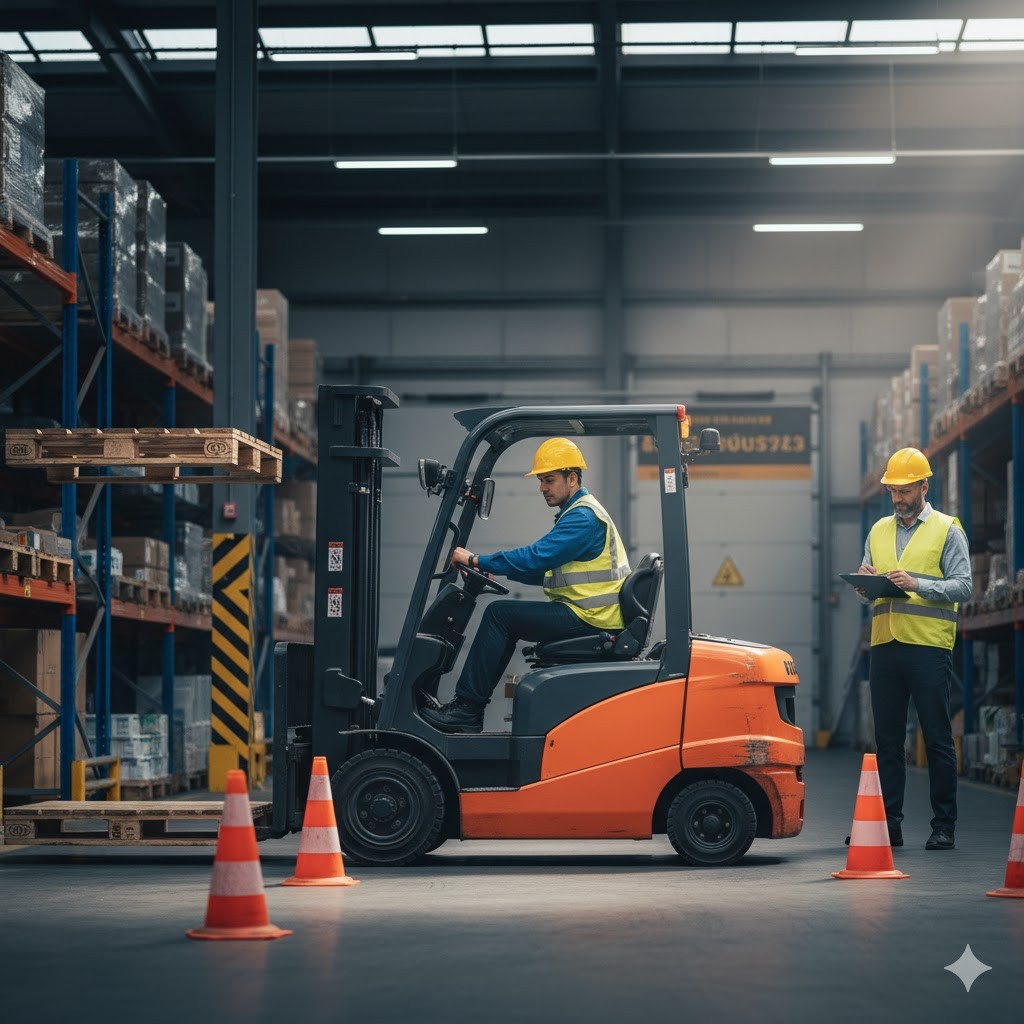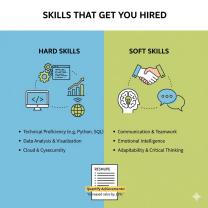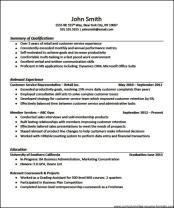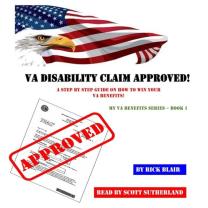What is forklift practical test?
Operating a forklift safely requires more than just theoretical knowledge; it demands hands-on skill, precision, and strict adherence to safety protocols.
This article serves as your comprehensive guide to the final, and most critical, hurdle in the certification process. We will explain exactly what the forklift practical test involves, detail the key operating skills evaluated by examiners, and provide proven, effective strategies on how to pass the forklift test with confidence.
In today's logistics, construction, and manufacturing industries, there is a growing and continuous demand for certified forklift operators. Proper training and official certification are not just regulatory requirements—they are essential for maintaining workplace safety, minimizing costly accidents, and opening the door to steady career advancement. Mastering the practical test is your ticket to joining this vital workforce.
What Is a Forklift Practical Test?
The forklift practical test is the hands-on component of official operator certification, designed to verify that a candidate can safely and efficiently handle the equipment under typical working conditions. This certification is mandated by various governing bodies, such as the Occupational Safety and Health Administration (OSHA) in the U.S., the Road Transport Industry Training Board (RTITB) in the U.K., and other national standards boards globally.
Official operator certification is typically split into two components:
Written Test (Theory): This assesses your knowledge of forklift physics, safety regulations, stability principles, and pre-operational checks.
Practical Test (Hands-on Operation): This is where you demonstrate your actual ability to operate the machine.
The practical portion is a structured assessment where the operator must successfully complete a series of real-world tasks within a controlled environment.
Performing a Pre-Use Inspection: The operator must demonstrate a systematic check of the forklift's condition before starting operation, including tires, brakes, fluid levels, horn, and hydraulic systems.
Maneuvering Through a Set Course: This involves driving the forklift both forward and in reverse, navigating tight turns, driving through simulated narrow aisles, and controlling the machine on ramps or inclines.
Lifting and Placing Loads Accurately: The candidate must correctly approach, lift, transport, and stack loads (usually pallets) to specified heights and locations without bumping or dropping the load.
Demonstrating Awareness of Safety Zones and Pedestrians: The test requires the operator to consistently check their surroundings, use the horn appropriately at intersections or blind spots, and show respect for speed limits and other safety rules.
Passing the practical test and earning your certification demonstrates to potential employers that you have undergone approved forklift operator training and possess the necessary skills to handle the equipment safely and efficiently, thereby minimizing risk and liability in the workplace.
What Skills Are Assessed During the Forklift Test?
Examiners are not looking for speed; they are looking for competence. The fundamental goal of the practical assessment is to ensure that the operator can maintain control while prioritizing safety. The main competencies evaluated during the forklift practical test include:
Control and Precision
The examiner assesses your ability to operate the controls smoothly. This means operating the machine without jerky movements, erratic speed changes, or sudden, unsafe stops.
Load Handling
This involves the technical aspects of engaging and disengaging the load correctly. Examiners look for:
Correct Fork Positioning: Approaching the pallet square and ensuring the forks are fully engaged.
Lift Height and Tilt Angle: Correctly using the mast controls, tilting the mast back slightly when traveling to stabilize the load, and keeping the load as low to the ground as safely possible during travel.
Load Balance: Demonstrating an awareness of the load's center of gravity and not attempting to lift loads that are clearly unstable or beyond the truck's capacity.
Spatial Awareness
A critical safety skill is the ability to judge distances and navigate the machine’s size.
Navigate Tight Spaces: Successfully maneuvering through cones or simulated narrow aisles without bumping obstacles.
Reverse Driving: Maintaining control and awareness when driving in reverse, a task essential for vision-obstructed loads.
Safety Observation
The most heavily weighted aspect of the exam is safety. This is a non-stop evaluation of your situational awareness:
Consistent Checks: Habitually checking surroundings, using mirrors, and turning to check blind spots before starting, turning, or backing up.
Pedestrian Awareness: Slowing down or stopping completely if a pedestrian (simulated or real) is nearby, demonstrating the forklift safety rules for shared spaces.
Communication
In a busy warehouse, communication is key. You may be assessed on understanding and properly responding to hand signals or demonstrating correct horn usage before entering intersections or blind corners.
It is crucial to remember that accuracy and safety are more important than speed. Candidates who rush often make mistakes and demonstrate a lack of control.
How Can You Prepare for a Forklift Practical Exam?
Effective preparation is the key to minimizing anxiety and ensuring you pass the forklift test.
1. Take Certified Training Courses
The foundation of your preparation should be an accredited forklift operator training course. These courses are specifically designed to cover both the theoretical knowledge (for the written test) and the practical techniques (for the forklift certification exam).
2. Familiarize Yourself with Forklift Components
Before you even start the engine, you should know your machine inside and out. Understand the function of the mast, carriage, forks, hydraulic controls, and the counterweight. Knowledge of the equipment builds confidence and helps you execute maneuvers correctly.
3. Practice Pre-Start Inspections
The pre-use check is the first thing the examiner will watch. Memorize the steps until they become second nature. This includes:
Checking the tires and wheel nuts.
Testing the brakes, horn, and lights.
Inspecting the forks for damage and the mast for leaks.
Checking fluid levels and the integrity of the overhead guard.
4. Rehearse Test Maneuvers
Replicate the test setup as closely as possible and practice the most common assessed tasks repeatedly:
Driving: Practice smooth, consistent driving forward and reverse, paying special attention to reversing while looking in the direction of travel.
Stacking: Practice approaching a pallet, lifting it smoothly, and placing it accurately on a stack or rack. Focus on squaring up to the load and avoiding any bumps.
Narrow Aisle Navigation: Use cones or markers to simulate tight corners and aisles, forcing you to use your mirrors and judge the counterweight swing accurately.
Ramp Control: Practice ascending and descending ramps with and without a load, always keeping the load on the uphill side for stability.
5. Review Safety Theory
While this is the practical test, the execution of safety rules relies on theory. Review load charts, the principle of the stability triangle, and weight limits so that your practical decisions are always informed by safe operating knowledge.
Mental Preparation Tips:
Stay Calm: Rushing is the enemy of safety. Move deliberately and steadily. If you feel nervous, take a deep breath before you start.
Listen Precisely: Follow the examiner's instructions exactly. If they tell you to stop, stop immediately.
Over-Exaggerate Safety: Make your safety checks obvious. Turn your head completely to check blind spots, use the horn clearly, and stop fully before switching direction.
What Safety Rules Are Tested in a Forklift Certification?
Demonstrating strict adherence to forklift safety rules is the most critical element of the practical test. The examiner is assessing whether you are a safe and professional operator who will not cause an accident in the workplace.
Candidates must clearly demonstrate the following key safety standards throughout the entire test:
Wear Required PPE: The test begins with this. You must be wearing the required Personal Protective Equipment, which typically includes a hard hat, safety boots, and often a high-visibility vest.
Conduct Pre-Operation Checks: The systematic inspection of the machine must be completed before starting the engine.
Check Surroundings Before Moving: Before moving the forklift an inch, you must look in the direction of travel and ensure the path is clear.
Never Exceed Load Limits: You must demonstrate an understanding of the load chart and not attempt to lift or maneuver an unstable or overweight load.
Keep Forks Low When Traveling: When moving without a load, the forks must be kept low (about 4-6 inches off the floor) to ensure stability and visibility. When loaded, the load should still be as low as practical.
Use the Horn Appropriately: You must sound the horn when approaching intersections, blind spots, doors, or whenever your line of sight is restricted.
Maintain Speed Limits: Operators must follow designated speed limits and always drive at a speed that allows them to stop safely, especially when turning corners.
Avoid Carrying Passengers: No passengers should ever be carried on the forks or the counterweight.
Set Parking Brake and Lower Forks: When stopping or exiting the machine, you must neutralize the controls, apply the parking brake, and fully lower the forks to the ground.
Strict adherence to these rules reflects the operator’s professionalism and awareness—qualities crucial for avoiding accidents, protecting personnel, and maintaining workplace compliance. A single, critical safety violation (like turning while lifting a load) can result in an immediate fail.
What Happens If You Fail the Forklift Practical Test?
It is important to remember that failing the forklift practical test is not uncommon, and it is certainly not the end of your certification journey. The test is rigorous by design, and examiners maintain high standards. Failure should be viewed as a valuable learning opportunity.
If you do not pass, this is typically what happens next:
Detailed Feedback: The examiner is required to provide clear, actionable feedback on your mistakes. They will pinpoint exactly where you failed—for example, 'Missed the brake check in the inspection,' 'Turned too fast while loaded,' or 'Failed to check behind when reversing.'
Additional Training/Practice: Based on the feedback, you will be advised to take additional practice hours or remedial training focused specifically on your weak areas. If the failure was due to minor errors, only a few hours of practice may be needed. If the errors were critical safety failures, more extensive retraining may be required.
Retesting: In most regions, there is no technical limit to the number of retests a candidate can take. However, the certifying body or training provider will usually require a waiting period and evidence of further practice before allowing a retest. Some standards may require you to retake the entire course if you fail the practical test multiple times.
Positive Mindset: Maintain a positive outlook. Demonstrate commitment to safety and improvement. Employers value candidates who take training seriously and show resilience in mastering safe operation.
The ultimate goal of the test is to ensure you are safe. Focusing on correcting the exact mistakes noted by the examiner is the fastest way to succeed on the next attempt.
Conclusion
Passing the forklift practical test is the definitive step toward a certified career in materials handling. It requires mastering safe operation, demonstrating precision control, and maintaining impeccable situational awareness throughout every maneuver. The test is a demanding but necessary assessment of your capability.
Your success is fundamentally built on confidence, which stems from consistent and targeted practice—not just rote memorization of rules. By completing accredited training, rehearsing the test maneuvers (especially loading and navigating tight spaces), and making safety checks an obvious habit, you will be well-prepared.
Obtaining your forklift certification is more than just getting a card; it validates your skill and professionalism.
Preparation Checklist
✅ Complete accredited forklift operator training
✅ Practice all test maneuvers (stacking, reversing, turning)
✅ Memorize and perform all pre-start inspection steps systematically
✅ Stay calm and move deliberately—prioritize control over speed
✅ Review examiner feedback thoroughly before retesting
FAQ Section
How long does a forklift practical test take?The duration of the practical test typically ranges from 20 minutes to one hour, depending on the complexity of the course setup and the national standard being applied. The time includes the pre-use inspection and the hands-on driving component.
Is the forklift certification valid nationwide or regionally?In the U.S. (OSHA), certification is generally considered valid nationwide, provided the training covered the federal OSHA standards and included an evaluation specific to the type of forklift you will operate (e.g., counterbalanced, reach truck). In other countries, validity often depends on the specific national certifying body (e.g., RTITB, Lantra) and may require site-specific training upon employment. Always verify with your employer and training provider.
How often must certification be renewed?In the U.S. (OSHA), operators must be re-evaluated at least every three years.













TightAisle_Driver
on October 12, 2025The most challenging part of the **forklift certification exam** for me was the narrow aisle maneuver. Practice driving in reverse with high spatial awareness is essential.